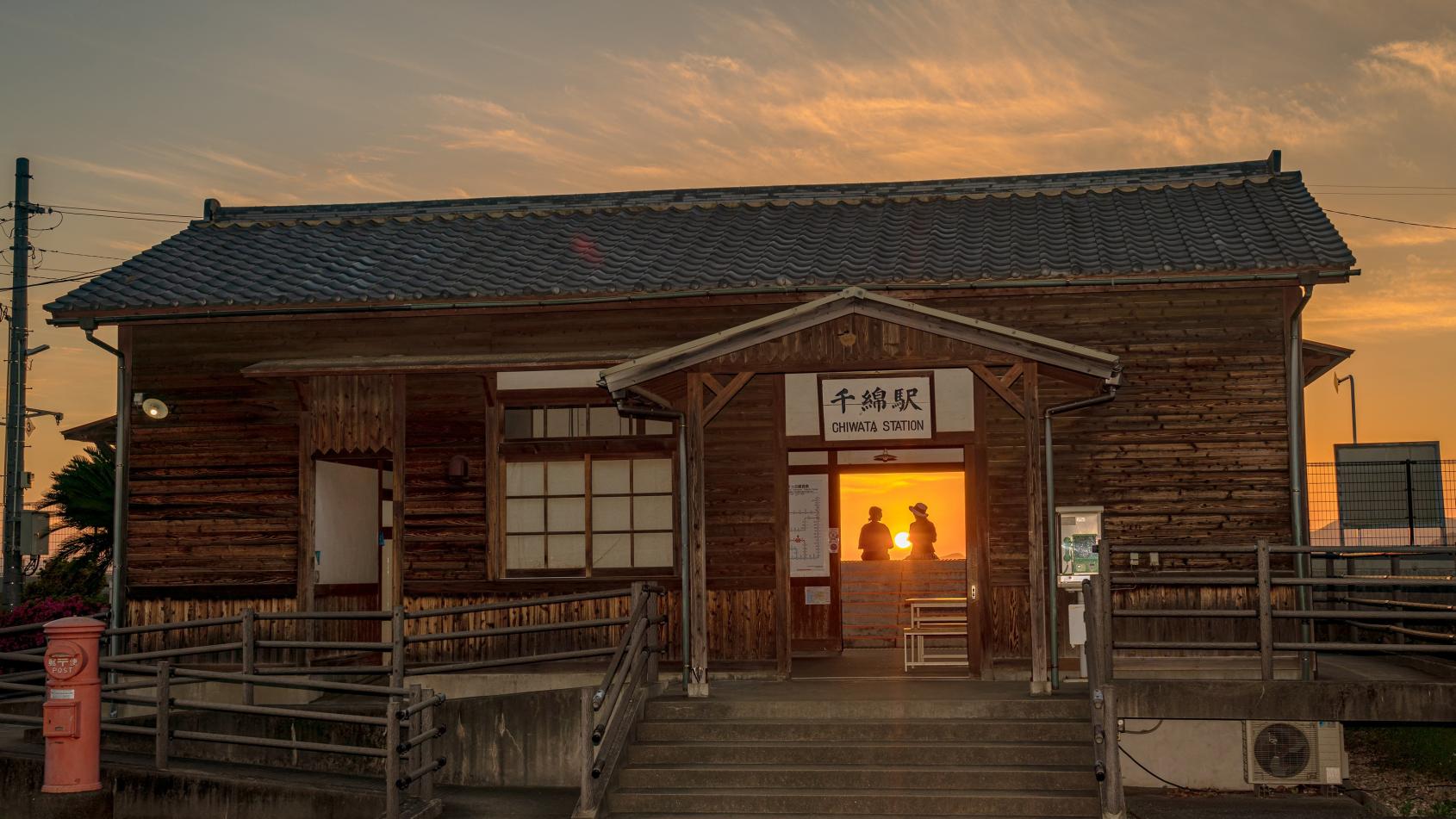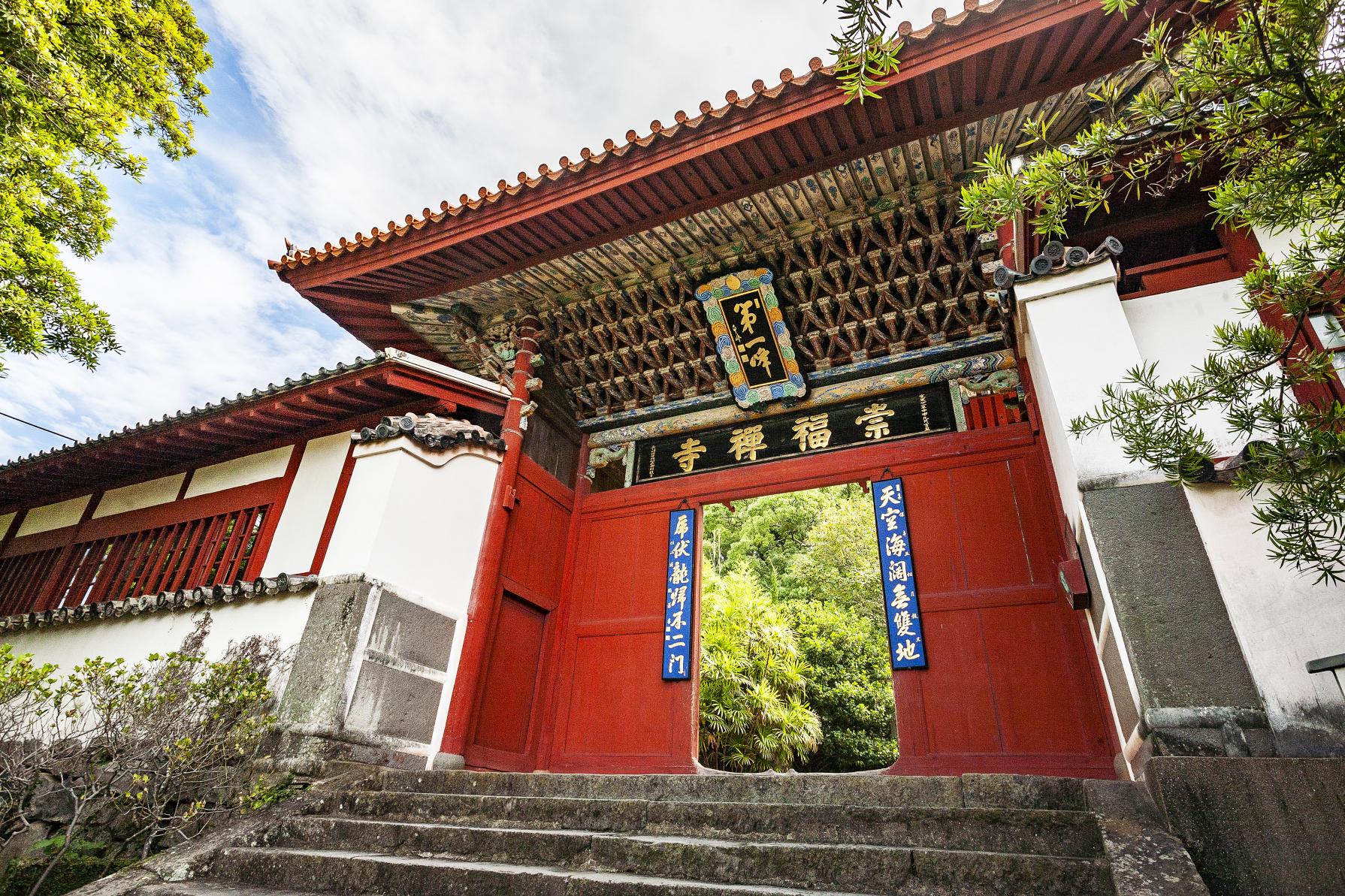 The Must-See Spots in Nagasaki City (1 Day)
The Must-See Spots in Nagasaki City (1 Day)
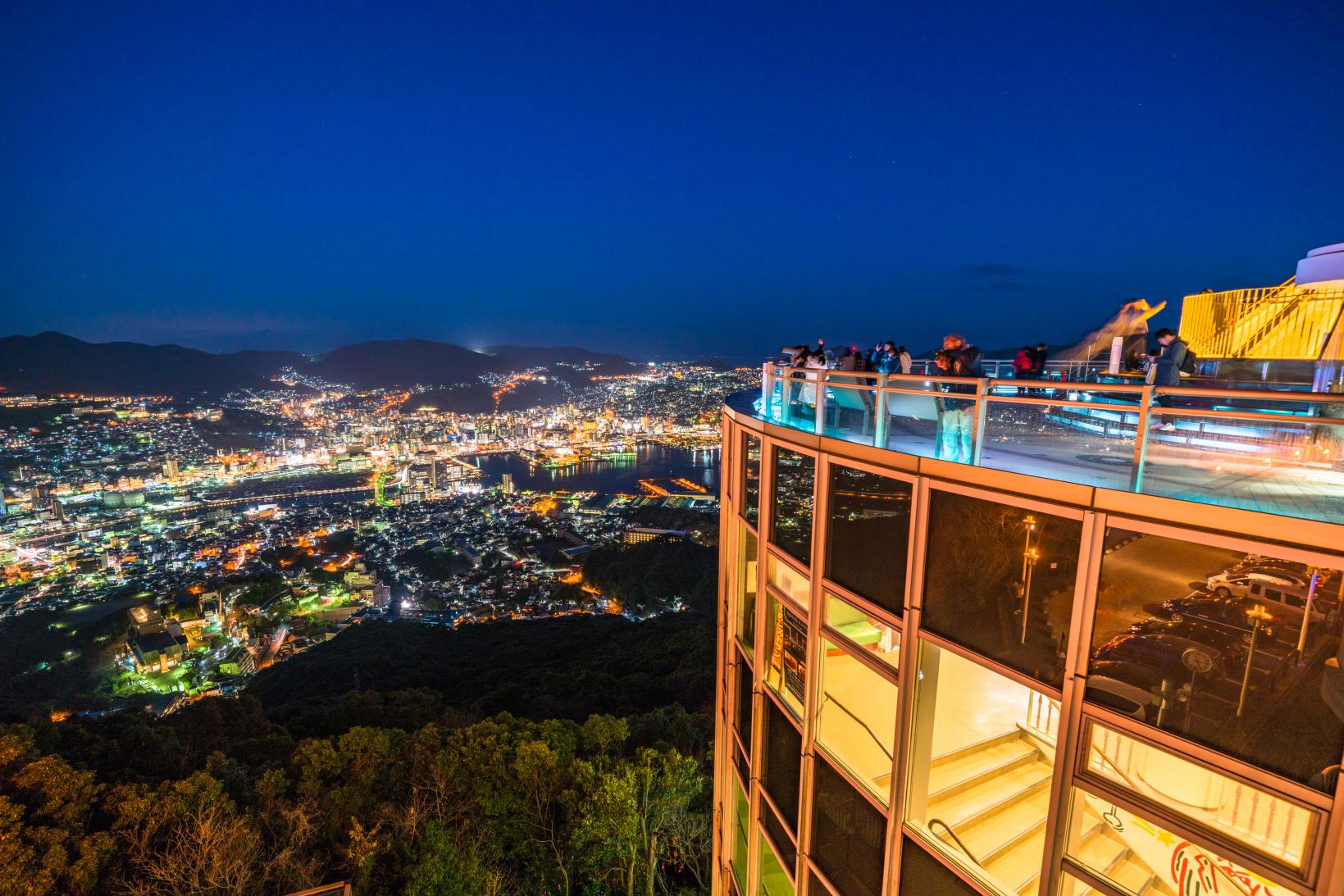
Discover Nagasaki's diverse charms and attractions in addition to the popular sightseeing spots. Nagasaki City has charming and convenient trams, but learn to ride the buses and expand the areas you can enjoy.
Travel around the city using a One-Day Bus Pass (can only use it for buses operated by Nagasaki City).
・Transportation: Walking, Bus
- Required Time:1day
- Means of Transportation:walk, by bus
-
Print
START
Approx. 10 min. by bus via Bus No. 1 from Nagasaki Station to Peace Park
Peace Park
A place of prayers for world peace and the souls of the atomic bomb victims
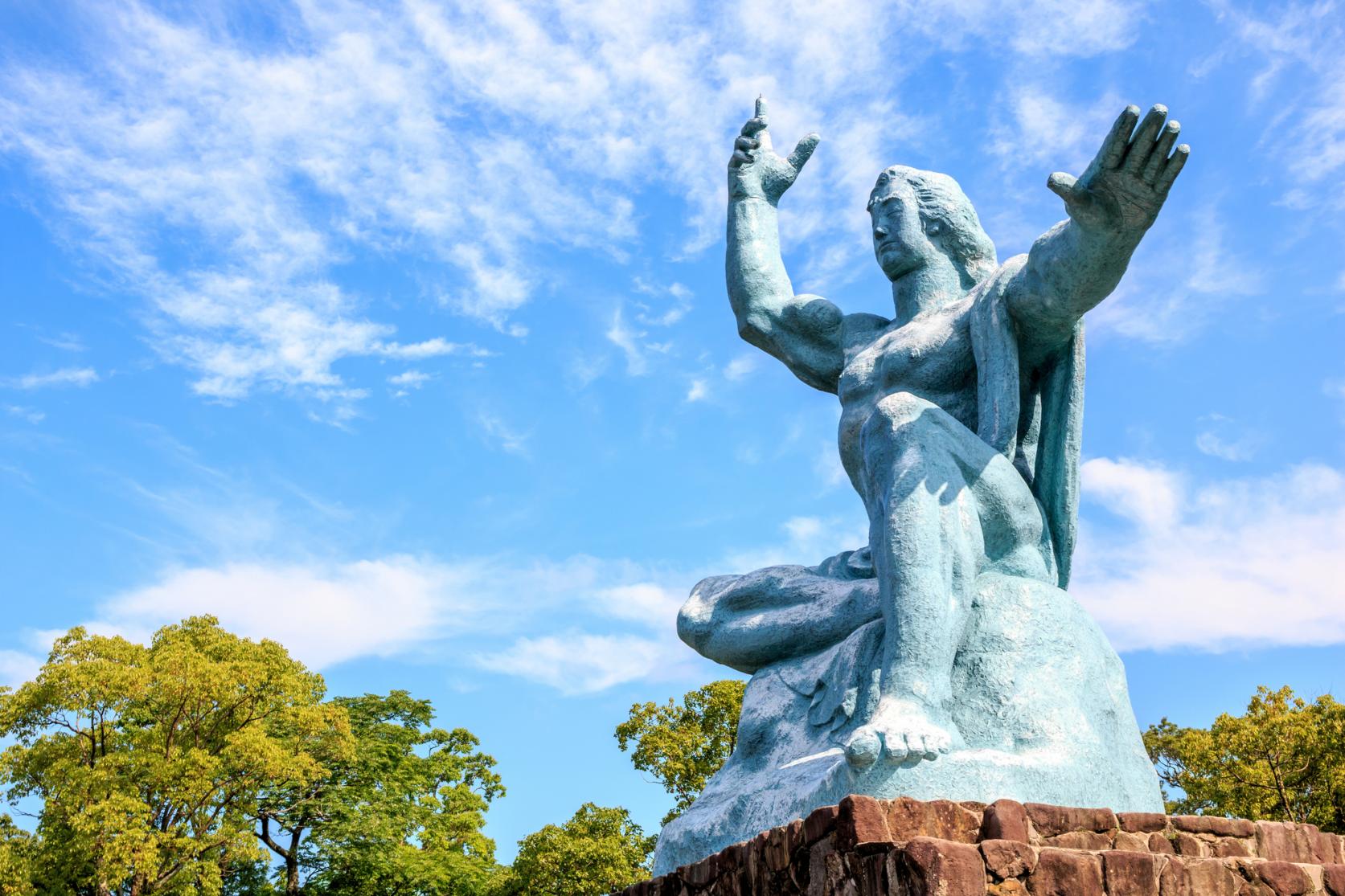
Nobel Peace Prize for 2024
The Norwegian Nobel Committee has decided to award the Nobel Peace Prize for 2024 to the Japanese organisation Nihon Hidankyo. This grassroots movement of atomic bomb survivors from Hiroshima and Nagasaki, also known
as Hibakusha, is receiving the Peace Prize for its efforts to achieve a world free of nuclear weapons and for demonstrating through witness testimony that nuclear weapons must never be used again.
| Address | 852-8118 長崎県長崎市松山町 | |
|---|---|---|
| TEL | 095-829-1162(長崎市土木部土木総務課) |
Approx. 5 min. walk
Nagasaki Atomic Bomb Museum
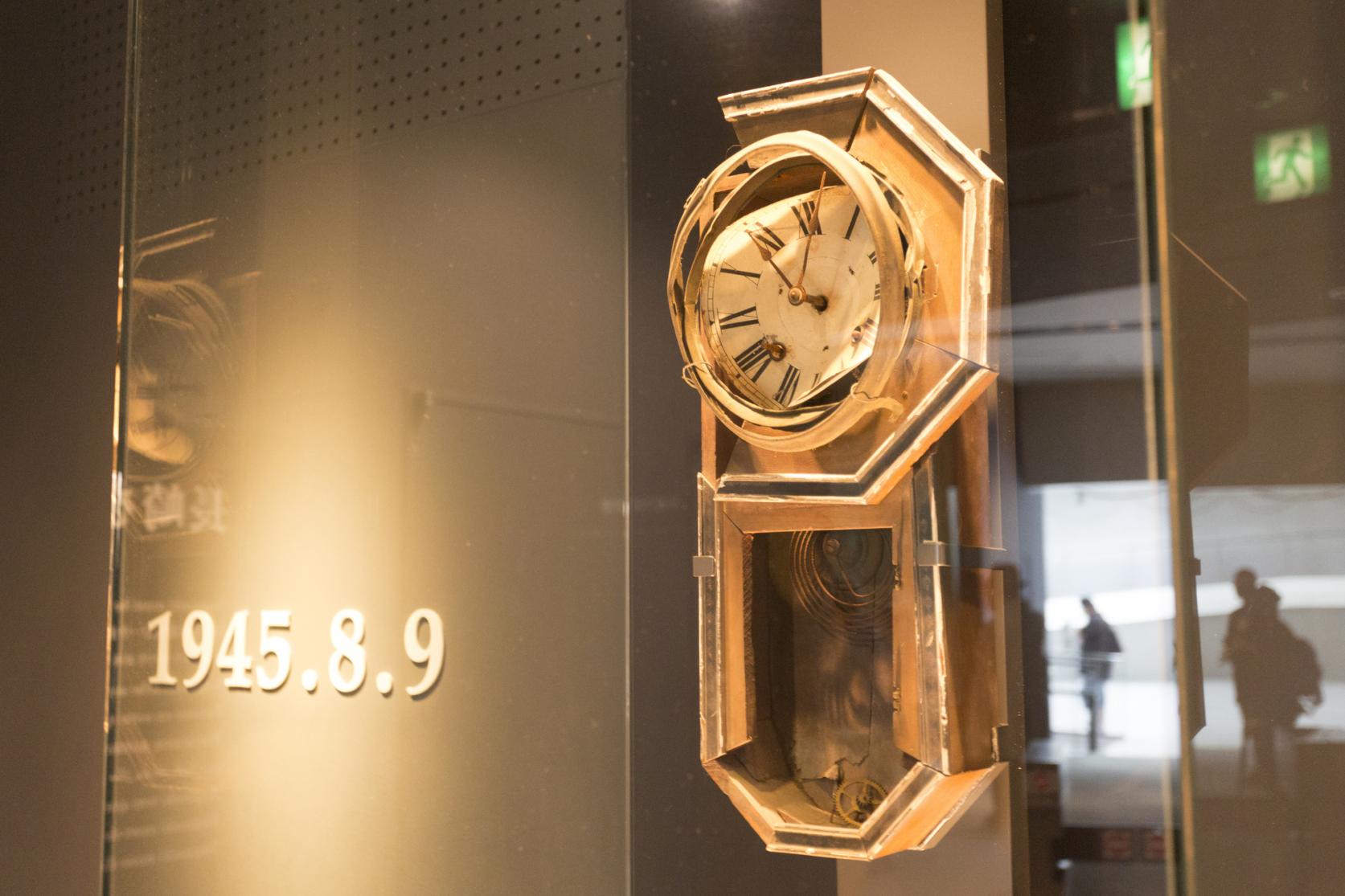
Nagasaki Atomic Bomb Museum covers the history of this event in the accessible form of a story. It begins with the disastrous scene of the attack and includes the events leading up to the dropping of the atomic bomb, the reconstruction of Nagasaki up to the present day, the history of nuclear weapons development, and the hope for a peaceful world free of nuclear weapons.
Comparing the scenes of Nagasaki immediately after the bombing with the appearance of the city today, one cannot help but be impressed by the remarkable spirit of survival and the immutable strength of the people of Nagasaki.
Nobel Peace Prize for 2024
The Norwegian Nobel Committee has decided to award the Nobel Peace Prize for 2024 to the Japanese organisation Nihon Hidankyo. This grassroots movement of atomic bomb survivors from Hiroshima and Nagasaki, also known
as Hibakusha, is receiving the Peace Prize for its efforts to achieve a world free of nuclear weapons and for demonstrating through witness testimony that nuclear weapons must never be used again.
| Address | 852-8117 長崎県長崎市平野町7-8 | |
|---|---|---|
| TEL | 095-844-1231 | |
| Hours of Operation | 8:30~17:30(Last entry at 17:00) ※Hours of operation may change depending on the season. |
Approx. 5 min. walk
Nagasaki Hypocenter Park
Ground Zero of the Atomic Bombing in Nagasaki
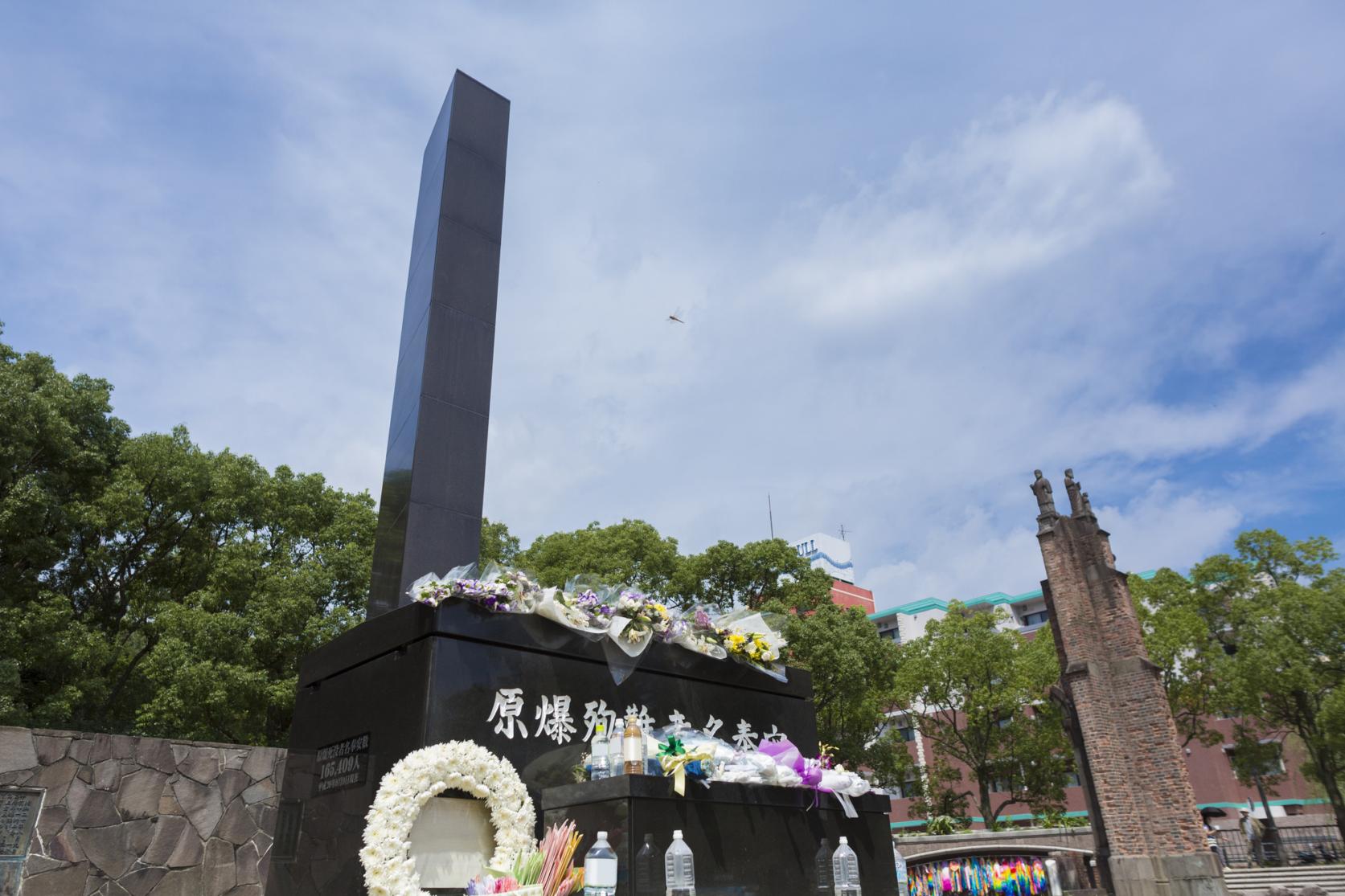
Nobel Peace Prize for 2024
The Norwegian Nobel Committee has decided to award the Nobel Peace Prize for 2024 to the Japanese organisation Nihon Hidankyo. This grassroots movement of atomic bomb survivors from Hiroshima and Nagasaki, also known
as Hibakusha, is receiving the Peace Prize for its efforts to achieve a world free of nuclear weapons and for demonstrating through witness testimony that nuclear weapons must never be used again.
| Address | 852-8118 長崎県長崎市松山町 | |
|---|---|---|
| TEL | 095-822-8888(長崎市コールセンターあじさいコール) | |
| Closed | 12/29~1/3 |
Approx. 15 min. walk
Sanno Shrine and The One-Pillar Torii Gate
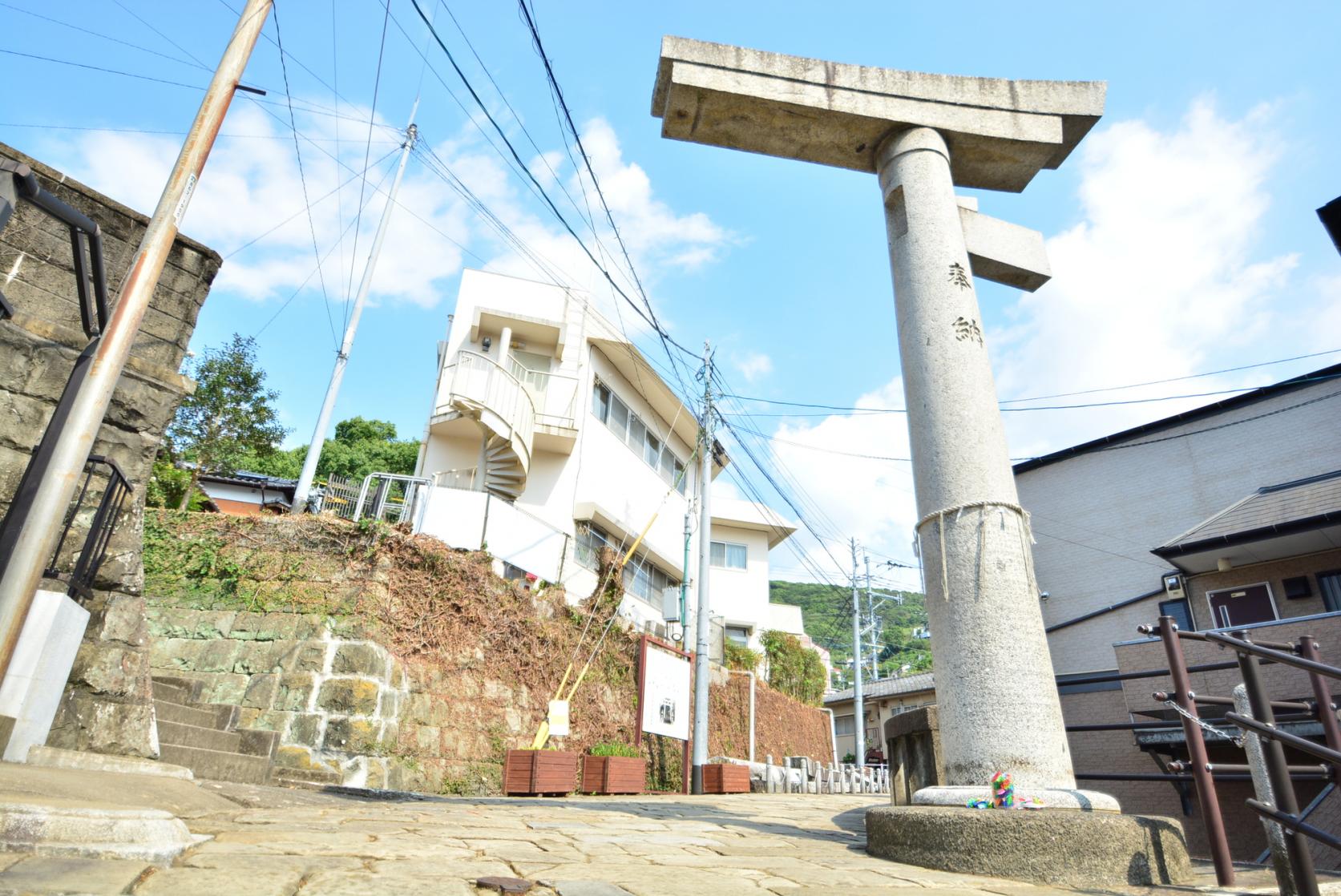
| Address | 852-8102 長崎県長崎市坂本2-6-56 | |
|---|---|---|
| TEL | 095-844-1415(山王神社) |
Approx. 5 min. walk, then approx. 20 min. by bus (Bus No. 20 from Iwakawamachi~Takaramachi, then Bus No. 10 or Bus No. 50 from Takaramachi~Sofukuji Temple Entrance), then approx. 5 min. walk
Sofukuji Temple
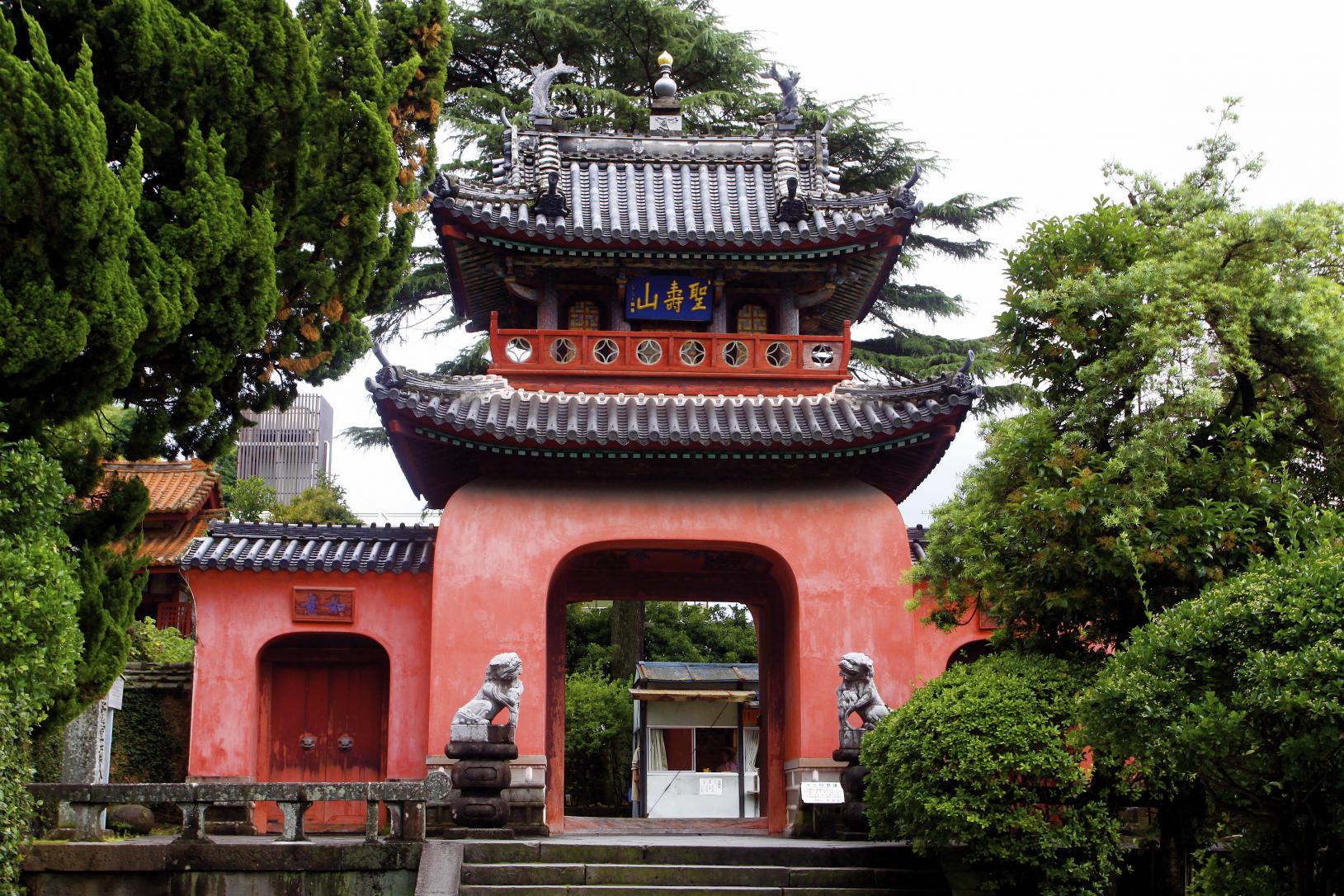
| Address | 850-0831 長崎県長崎市鍛冶屋町7-5 | |
|---|---|---|
| TEL | 095-823-2645 | |
| Hours of Operation | 8:00~17:00 |
Approx. 10 min. walk
Teramachi Street
An atmospheric townscape lined with temples
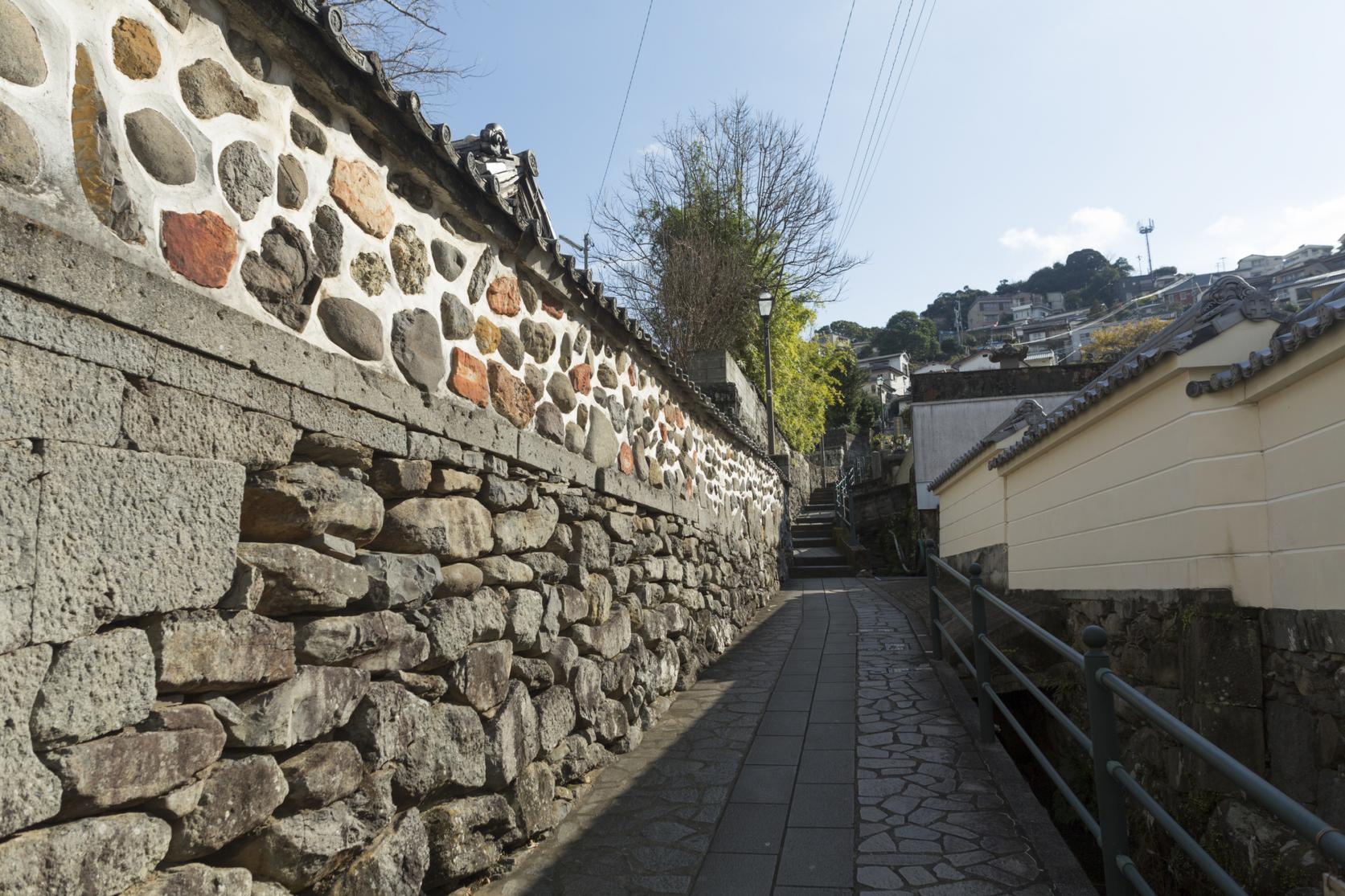
Teramachi Street has 14 temples and two shrines built along this road at the foot of Mt. Kazagashira. This collection of exotic and historic temples also includes Sofukuji Temple and Kofukujii Temple, which are national treasures. It is also unusual in Japan for temples to be lined up in a row like this.
Approx. 5 min. by tram (City Hall Tram Stop~Nagasaki Station Tram Stop), then approx. 10 min. by bus (Bus No. 3 or Bus No. 4 from Nagasaki Station~Ropeway-mae)
Mt. Inasa & Nagasaki Ropeway
Selected as one of the Top 3 Night Views in the World in 2021 with Shanghai and Monaco
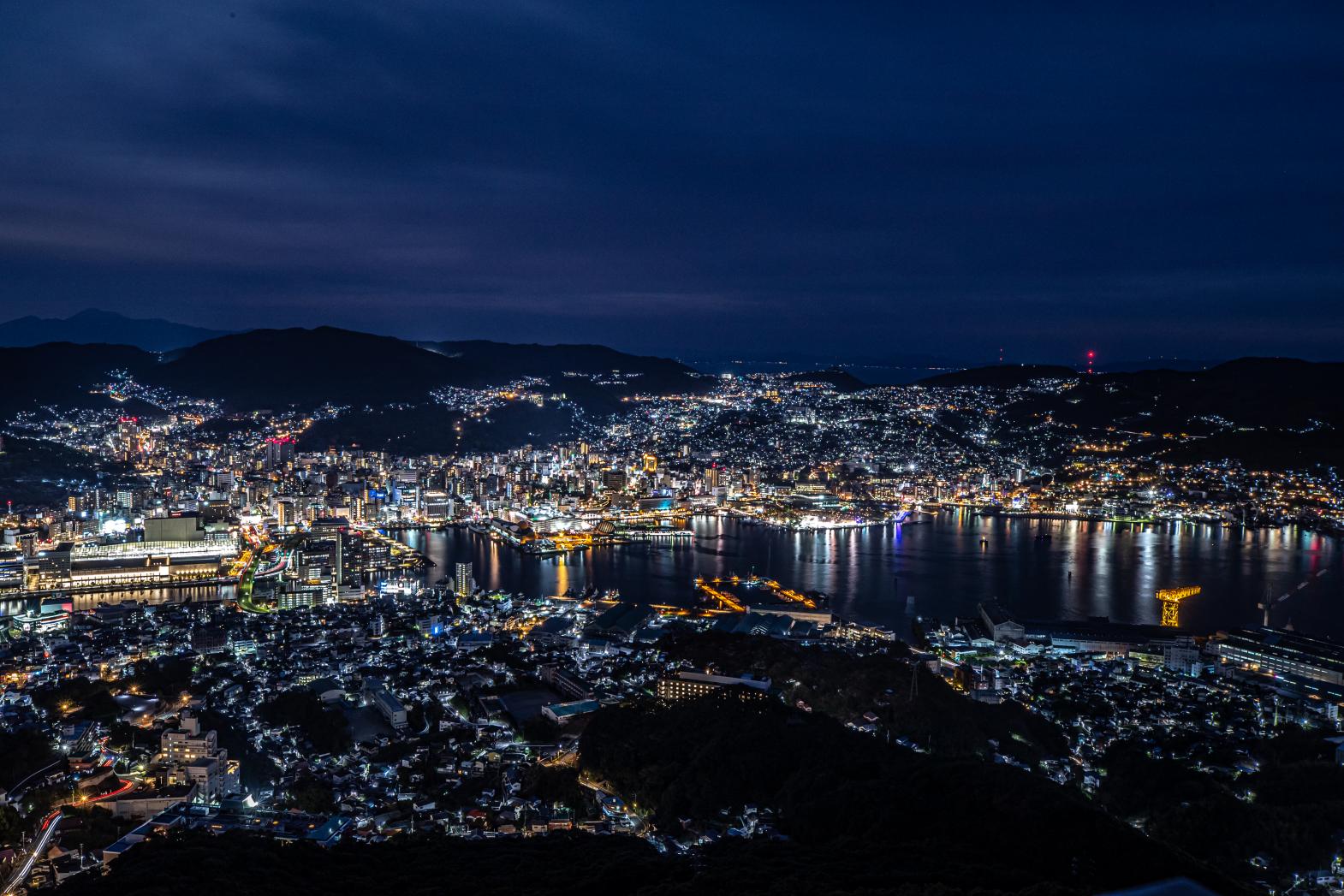
| Address | 長崎県長崎市稲佐町 | |
|---|---|---|
| TEL | 095-861-7742(稲佐山公園管理事務所) | |
| Hours of Operation | 8:00~22:00 |
Descend the mountain via ropeway, then approx. 10 min. by bus (Bus No. 20 or Bus No. 40 from Ropeway-mae〜Nagasaki Station)
Nagasaki Station
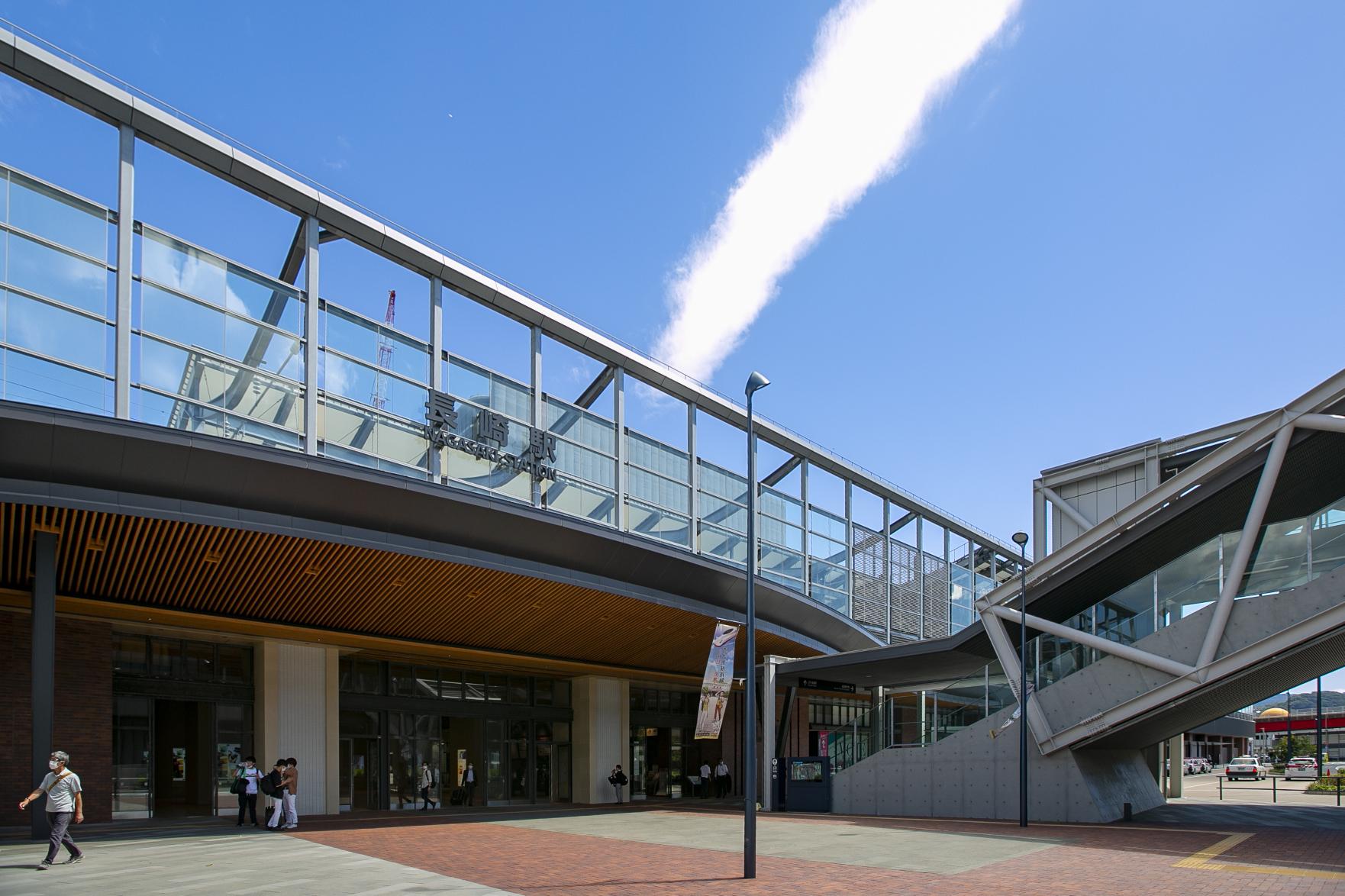
FINISH
Google Map may not be properly displayed if the volume per day exceeds the limit.



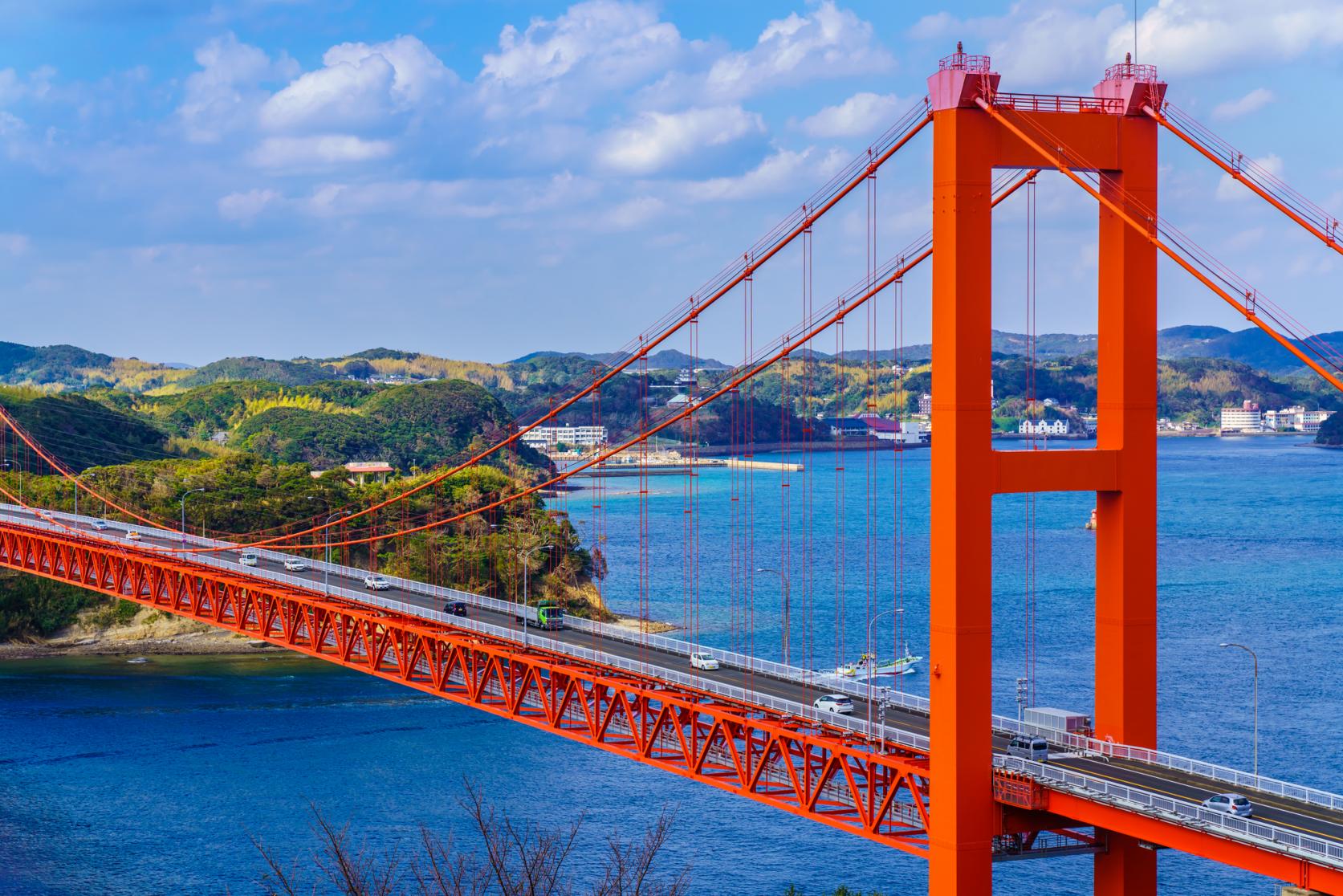
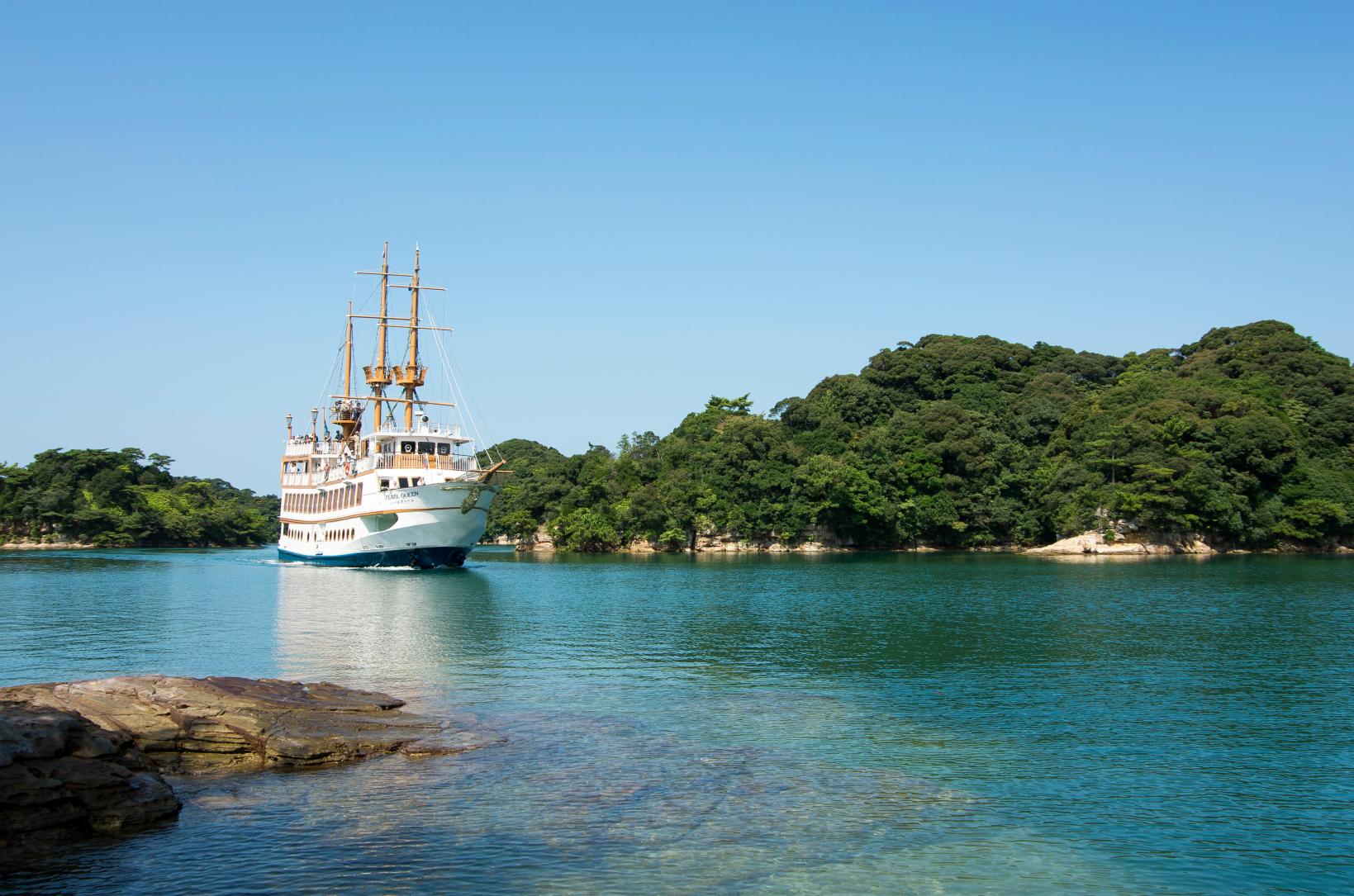
![[Starting from Kumamoto] Sightseeing in Kumamoto City & Unzen, Shimabara: A self-indulgent route around Goto-1](https://www.nagasaki-tabinet.com/storage/special_features/688/responsive_images/mQ8UXFjlMWs9jf2DJp7Ut1pIsLO7JGHPjeFlEHkc__1639_922.jpeg)
